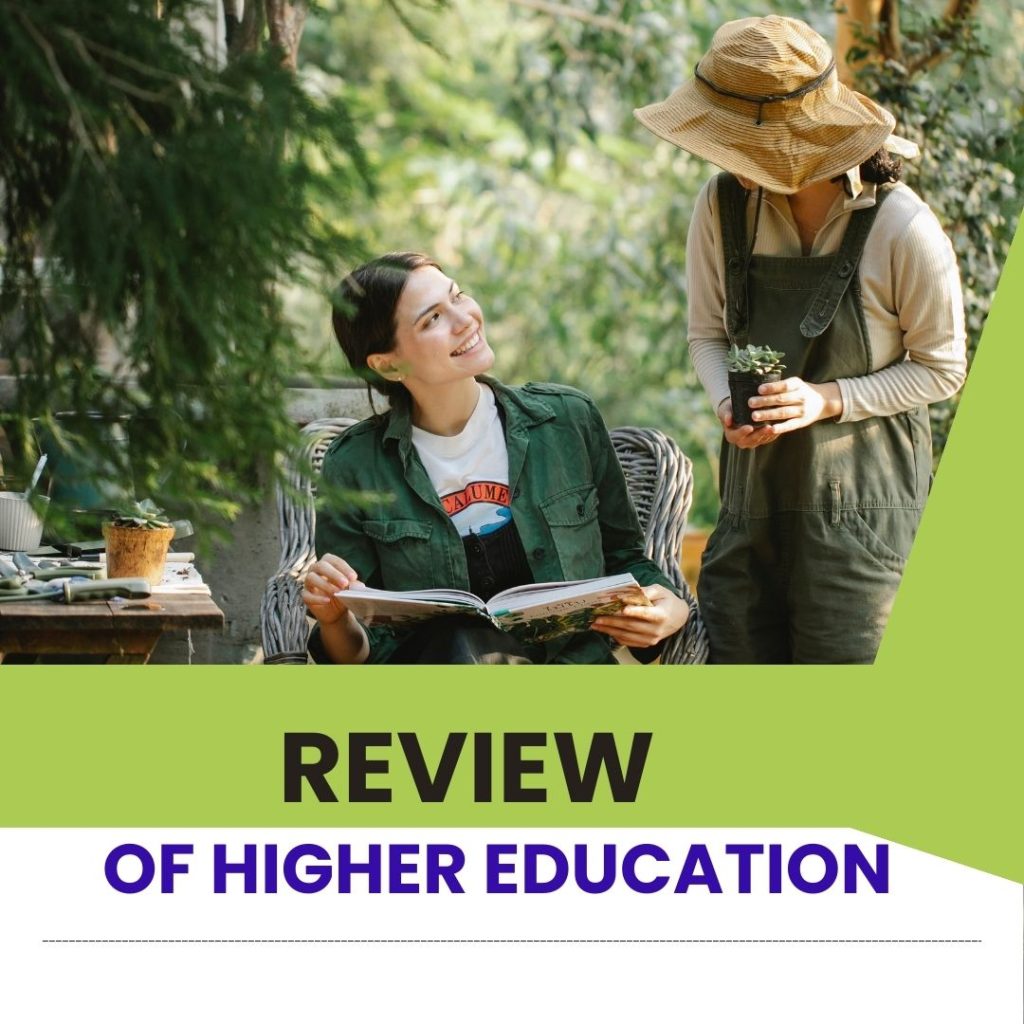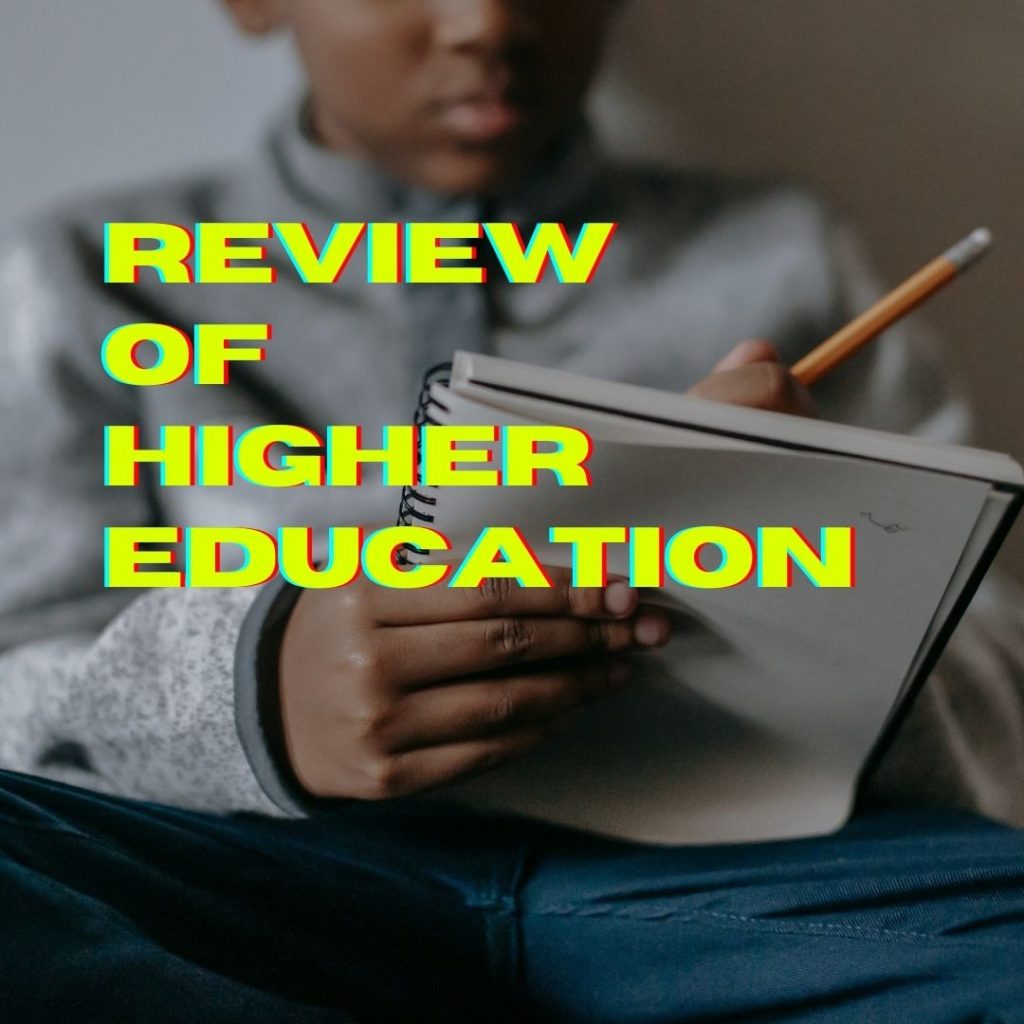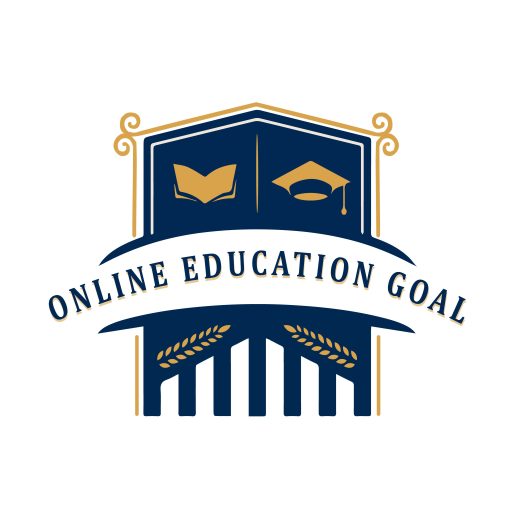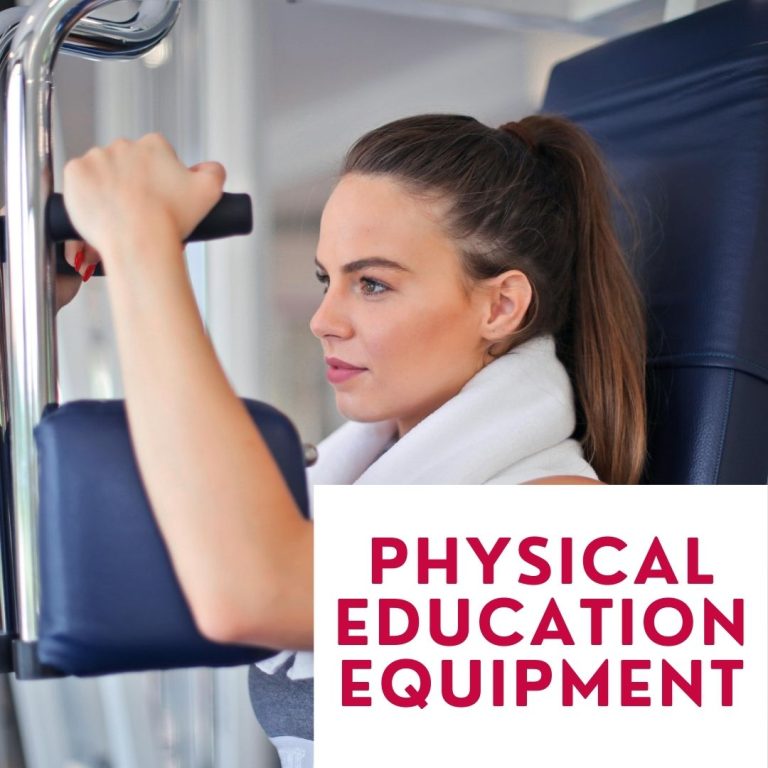Review of Higher Education: Unveiling Better Quality
The Review of Higher Education critically assesses universities’ impact on society. It explores challenges within academic institutions and their educative functions.
Higher education stands at the forefront of societal progress, with universities pivotal in nurturing the next generation of leaders, innovators, and thinkers. A comprehensive review of this sector reveals both successes in advancing knowledge and areas needing reform. Educational policies, teaching methodologies, and research outcomes fall under scrutiny to ensure they meet evolving global standards.
Such reviews are essential to maintain the relevance and quality of higher education in an ever-changing world. They offer insights into the alignment of academic objectives with student needs and labor market demands. This continuous evaluation helps institutions adapt, fostering environments where academic excellence and practical skills development go hand in hand.
Introduction To Higher Education Quality
Higher education quality acts as the cornerstone for both student success and intellectual growth. Institutions worldwide strive to adopt the best practices and standards. This review will shine a light on what makes quality in higher education so vital.
The Importance Of Quality In Higher Education
Quality in higher education sets the stage for a robust academic environment. High standards ensure students acquire necessary skills and knowledge. They foster innovation and research excellence. Key benefits include:
- Enhanced student experiences: Quality education leads to satisfied and well-equipped graduates.
- Global recognition: Institutions with high standards attract attention worldwide.
- Employability: Graduates from top-quality institutions have better job prospects.
Scope Of The Review
This review examines multiple dimensions of quality in higher education. We delve into teaching methodologies, campus resources, and academic support services. Our analysis covers:
- Accreditation and benchmarks
- Curriculum relevance and innovation
- Faculty qualifications and development
- Student learning outcomes

Global Standards And Benchmarks
Global standards and benchmarks are like a scorecard for universities worldwide. These scores help schools know if they are doing well. They also help students choose a good school. Let’s check out how different places around the world compare and what accreditation means for them.
Comparing International Higher Education Systems
When we look at universities across the globe, it’s not apples to apples. Some countries focus more on research, while others on teaching. A table can show these differences clearly.
| Country | Focus Area | Typical Degree Duration |
|---|---|---|
| USA | Research & Innovation | 4 years for Bachelor’s |
| UK | Teaching Quality | 3 years for Bachelor’s |
| Germany | Technical Expertise | 3-4 years for Bachelor’s |
Accreditation And Its Impact
Accreditation is like a big thumbs up. It shows a school meets high standards. Schools that don’t have it might not be that great. Here’s a simple list of what good accreditation means:
- Quality Assurance: Students get top-notch education
- Better Opportunities: Grads get cool job offers
- Global Recognition: Degrees are accepted worldwide
Assessment Strategies For Universities
Universities seek the best ways to evaluate their academic standards. Assessment strategies are vital. They ensure education quality and promote continuous improvement. Let’s explore how universities can measure and enhance their academic quality.
Techniques For Measuring Academic Quality
Assessment techniques shape a university’s reputation.
- Accreditation: Independent bodies assess university programs.
- Curriculum Analysis: Experts review course content for relevance.
- Graduation Rates: High rates often indicate superior quality.
- Employment Outcomes: Success in job placement reflects academic effectiveness.
- Peer Reviews: Academics from other institutions evaluate quality.
Each method gives insight into how well universities perform.
Role Of Student Feedback
Student feedback is a direct line to quality assessment.
- Surveys gather opinions on courses and teaching methods.
- Focus groups provide detailed insights.
- Course evaluations highlight strengths and areas for improvement.
This feedback is used to refine educational strategies. Students’ voices lead to meaningful changes.
Universities benefit from varied assessment strategies. They take steps toward delivering an exceptional education. Quality and feedback align universities with success.
Online Versus Traditional Education
Deciding between online and traditional education? Let’s dive into each to see what suits you best. Education has evolved. Classrooms expand beyond four walls. Learning is now anywhere, anytime. Online or offline, the goal remains the same: knowledge acquisition and skill development.
Evaluating The Quality Of Online Learning
How does online learning measure up?
- Accreditation: Check if the online course or institution has proper accreditation. This shows legitimacy.
- Interactive Content: Look for multimedia resources that engage students. Videos, quizzes, and forums help here.
- Feedback Systems: Online platforms should offer timely feedback. This is key to student growth.
- Learning Outcomes: Compare them with traditional ones. They should align with your career or educational goals.
Benefits And Challenges Of E-learning
Online learning has its ups and downs. Let’s explore.
| Benefits | Challenges |
|---|---|
|
|

Faculty Credentials And Teaching Excellence
Faculty Credentials and Teaching Excellence form the cornerstone of higher education. Both elements shape the academic environment and student success. Without qualified faculty, students miss out on valuable insights and skill sets. Equally, innovative teaching is critical for engaging and inspiring students. Let’s explore these vital aspects in detail.
Impact Of Qualified Faculty On Education Quality
The calibre of an institution’s faculty is a key metric for assessing education quality. Instructors with advanced degrees bring deep knowledge to their fields. They are more likely to be at the forefront of research and scholarship. This in turn benefits students directly. They get the latest insights and understandings.
- Access to cutting-edge research helps students stay ahead.
- Opportunities for mentorship encourage professional growth.
- Network connections facilitate internships and job placements.
A faculty’s credentials often align with teaching quality. Students rate certified instructors higher on average. There’s evidence that students learn more effectively from them.
Innovative Teaching Methods
Innovation in teaching takes education beyond traditional lectures. It involves engaging activities, technology integration, and collaborative learning. These methods help students absorb and retain information.
| Method | Benefits |
|---|---|
| Flipped Classrooms | Encourages active learning before class |
| Project-Based Learning | Develops problem-solving skills |
| Technology-Enhanced Learning | Makes lessons interactive and accessible |
Teachers using novel methods report better student engagement. Assessments often show a boost in student performance. Such methods also prepare students for the dynamic demands of the workplace.
Research Output And University Rankings
Universities shine a light on our understanding of the world through research. High-quality research often leads to higher rankings in global university charts. This section delves into how research can reflect a university’s standing and its broader impact on education quality.
Analyzing The Link Between Research And Quality
Striving for excellence, universities focus on research output as a core metric. Proven through their published works, this pursuit showcases their commitment to advancing knowledge. The quantity and quality of these publications contribute significantly to their reputation, indirectly reflecting on their overall educational prowess.
- Influential papers establish thought leadership.
- Global collaborations enhance learning experiences.
- Cutting-edge discoveries attract top students and faculty.
Rankings: A Reflection Of Quality?
University rankings stir debates. They are seen as a benchmark for academic excellence. Depending on various factors, these rankings can influence a university’s standing on the global stage.
| Ranking Metric | Importance |
|---|---|
| Research Output | Highly weighted in rankings |
| Citations | Indicates influence and impact |
| Funding and Grants | Enables more extensive research opportunities |
| International Recognition | Reflects global engagement |
While rankings have their merits, they are not the sole measure of a university’s value. Education quality, student support, and community impact also paint a broader picture beyond numeric standings.
Case Studies: Universities Leading The Way
Universities around the world are redefining educational excellence. Their groundbreaking approaches to higher education set the standards for institutions worldwide. Let’s explore how these knowledge powerhouses are sculpting the future of higher education through their innovative initiatives.
Models Of High-quality Education
Pioneering universities consistently deliver exceptional educational experiences. These are a few standout models:
- Interdisciplinary Programs: Stanford University combines various fields, promoting a holistic learning environment.
- Research-Driven Curriculum: Massachusetts Institute of Technology (MIT) integrates research into undergraduate studies, fostering innovation.
- Community Engagement: The University of British Columbia connects theory with community improvement, creating societal impact.
Impactful Higher Education Initiatives
Innovative university-led initiatives have made significant impacts:
| Institution | Initiative | Impact |
|---|---|---|
| Oxford University | Digital Learning Platforms | Global access to top-tier education resources |
| Harvard University | Financial Aid Programs | Increased accessibility for diverse student bodies |
| National University of Singapore | Global Exchange Partnerships | Enhanced cultural exchanges and collaboration |

Challenges In Upholding High Standards
Striving for excellence in higher education is no small feat. Institutions face
multiple hurdles to ensure the bar remains high. From financial pressures to
staying relevant in the fast-paced world, higher education must adapt without
compromising on quality. Let’s delve into these challenges:
Financial Constraints And Quality Education
Budget cuts and increased operational costs often hit universities hard.
With limited funds, maintaining state-of-the-art facilities and resources becomes tough.
Quality education includes experienced faculty, updated curricula, and
comprehensive student services. Balancing these needs against financial realities
is a continuous struggle that can impact educational standards.
- Tuition hikes can burden students.
- Reduced funding may lead to fewer scholarships.
- Cutting-edge research can suffer due to insufficient grants.
| Cost-Related Issue | Effect on Quality Education |
|---|---|
| Limited Research Funding | Decreased innovation |
| Faculty Cuts | Increased class sizes |
Adapting To A Changing World
The world evolves rapidly, driven by technology and globalization.
Universities must keep pace to stay relevant and competitive.
It’s about embracing digital learning and international collaboration while
equipping graduates with skills for future jobs. This shift requires
agile adaptation and visionary leadership.
- Integrate latest tech in classrooms.
- Develop new, relevant courses.
- Build global academic networks.
The Future Of Higher Education Quality
The landscape of higher education is evolving rapidly, with new technologies and methodologies shaping how knowledge is imparted and applied. This section delves into the anticipated changes and enhancements in higher education quality over the next decade.
Predictions For Education In The Next Decade
The coming years promise transformative shifts in higher education. Below are some key predictions for what the next decade might hold:
- Personalized Learning – Courses will increasingly tailor to individual student needs, utilizing data analytics for customized education paths.
- Hybrid Education Models – Blending online and in-person experiences will become the norm, offering more flexibility and accessibility.
- Life-Long Learning – With fast-paced industry changes, continuous education will be essential, and institutions will offer more lifelong learning opportunities.
- Global Classrooms – Greater emphasis on global collaboration will emerge, fostering diverse and inclusive learning environments.
Embracing Innovation And Quality
Institutional focus will shift towards embracing innovative teaching tools and techniques while maintaining high education standards. Here are some ways this might unfold:
| Aspect | Innovation |
|---|---|
| Technological Integration | Use of VR, AR, and AI to create immersive learning experiences. |
| Assessment Techniques | Transition to real-world problem-solving assessments. |
| Collaboration with Industry | Partnerships that ensure course relevance and skills applicability. |
| Quality Assurance | Continuous improvement frameworks integrating student feedback. |
Pay attention to how innovation sparks not just adoption of advanced tools, but also a commitment to quality and relevance in higher education.
Frequently Asked Questions For Review Of Higher Education
What Are The Benefits Of Higher Education?
Higher education offers a multitude of benefits including enhanced career opportunities, higher potential earnings, and improved personal development. Graduates often experience better job security and a wider skill set.
How Does Higher Education Impact Employability?
Attaining a higher education degree significantly boosts employability. Employers typically view graduates as having the necessary skills and dedication, which results in a competitive edge in the job market.
What Factors Influence The Quality Of Higher Education?
Key factors affecting higher education quality include faculty expertise, student-teacher ratio, research facilities, funding, and accreditation. Institutional reputation and student support services also play a crucial role.
Can Higher Education Reduce Income Inequality?
Yes, higher education can help reduce income inequality. By equipping individuals with advanced skills and knowledge, it opens doors to better-paying jobs, helping to bridge the economic gap.
Conclusion
Navigating the landscape of higher education can be both thrilling and daunting. This review aimed to demystify the options, trends, opportunities, and challenges presented by modern universities and colleges. Armed with this knowledge, future students and educators can make informed decisions, shaping a brighter academic future.
Embrace the journey with confidence – your education adventure begins with the right information.







